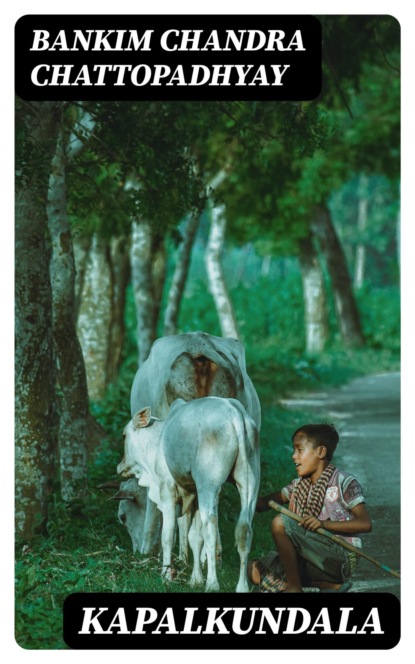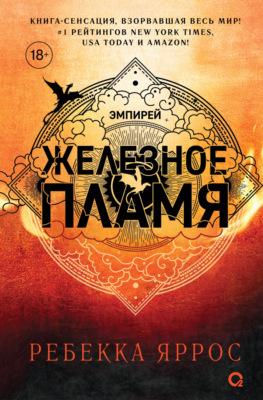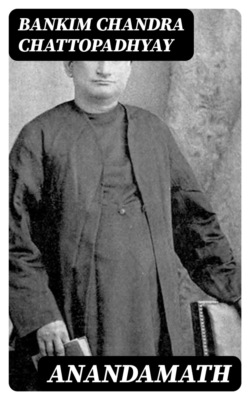Maht 120 lehekülge
Kapalkundala
Raamatust
In «Kapalkundala,» Bankim Chandra Chattopadhyay weaves a rich tapestry of love, spirituality, and the intricate relationships between tradition and modernity in 19th-century India. The narrative follows the life of a young woman, Kapalkundala, who navigates a world steeped in mystical intrigue and cultural heritage, embodying the struggles against societal norms. Chattopadhyay's prose is marked by a lyrical style that combines elements of romanticism with a profound philosophical undertone, making it a significant work in the Bengali literature canon and an early precursor to the modern Indian novel. The novel is also reflective of the broader societal transformations occurring during the colonial period, encapsulating dilemmas faced by individuals amidst changing cultural landscapes. Bankim Chandra Chattopadhyay, a luminary in Bengali literature, was deeply influenced by the socio-political milieu of his time, when nationalism began to take root. His scholarly background and active participation in the Indian nationalist movement shaped his literary voice, distinctly resonating through the conflicts faced by characters in «Kapalkundala.» Bankim's exploration of the female psyche and the existential choices of his protagonists stem from his desire to illustrate the complex interactions between love, faith, and societal constraints, emphasizing the awakening of India's cultural consciousness. «Kapalkundala» is highly recommended for readers seeking an enchanting blend of romance and philosophical depth, offering insight into the Indian ethos during a pivotal historical moment. Chattopadhyay's deft handling of character and theme makes this novel not only a compelling read but also an indispensable contribution to the discourse on identity and culture in colonial India. Engage with «Kapalkundala» to experience a narrative that is as thought-provoking as it is beautifully rendered.












